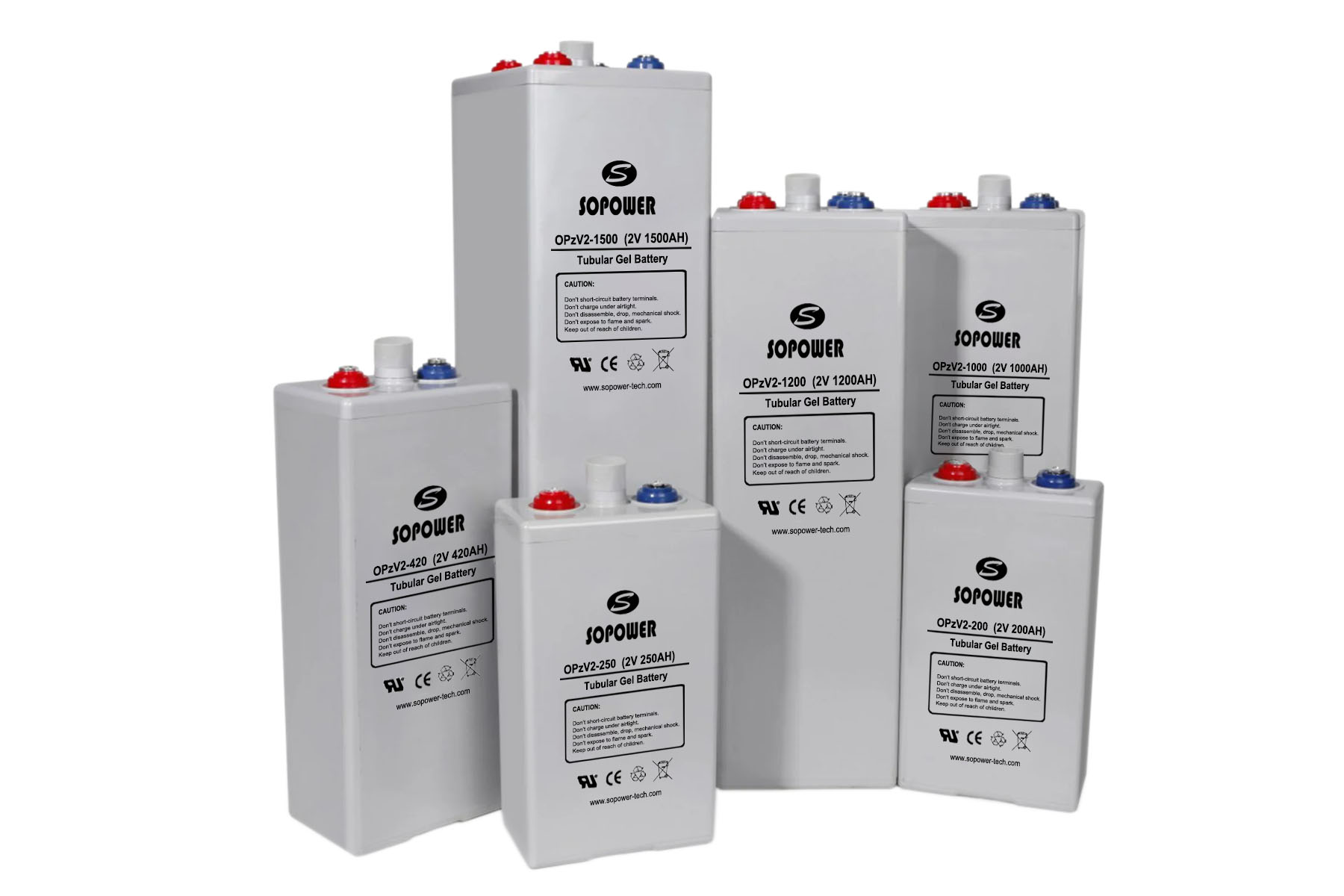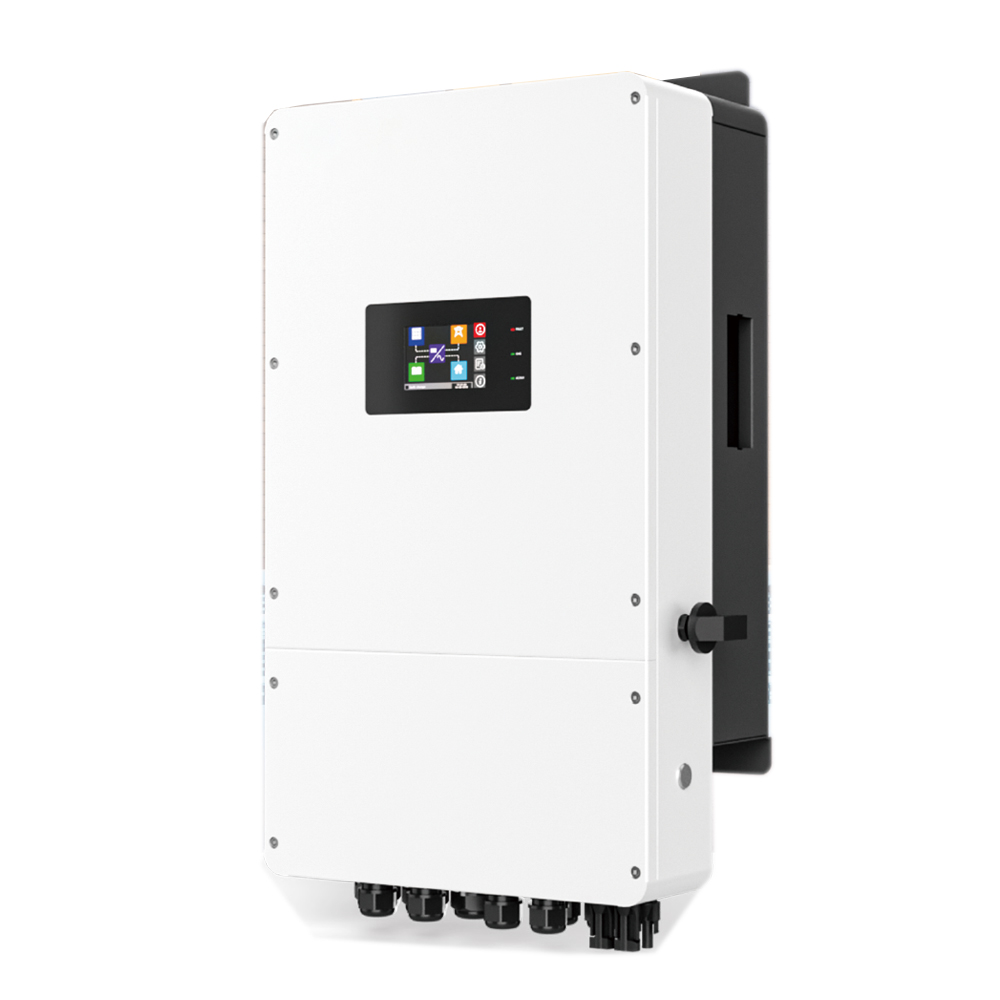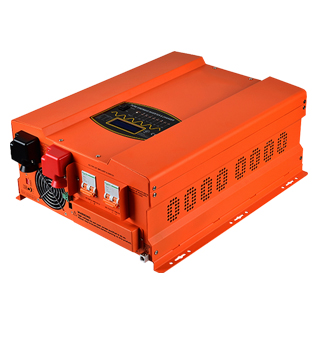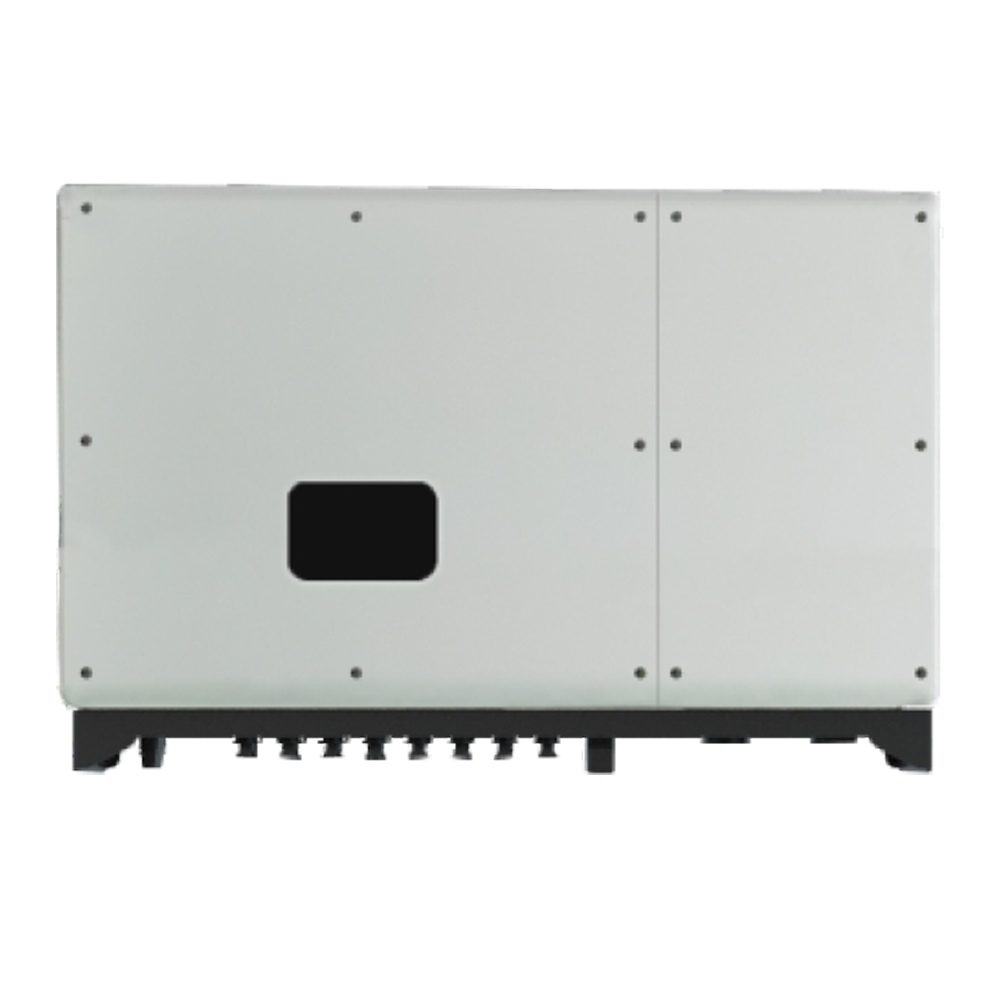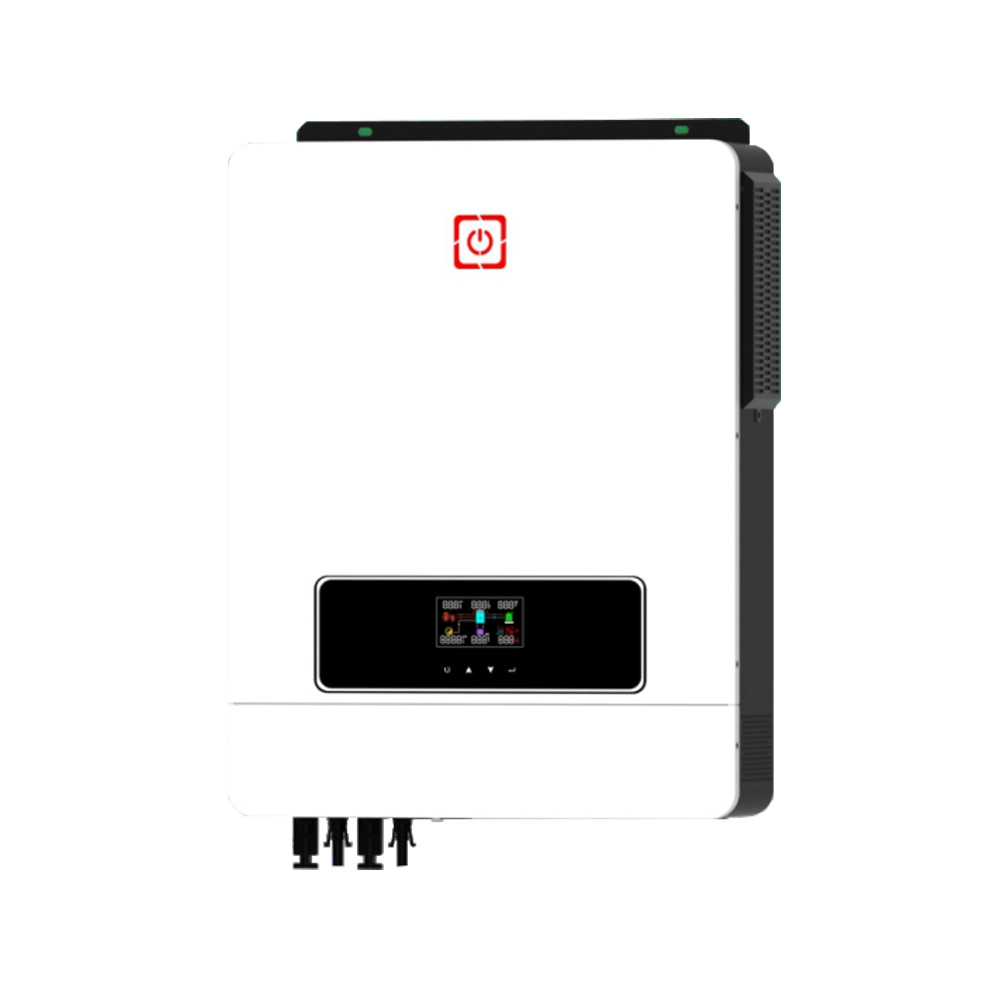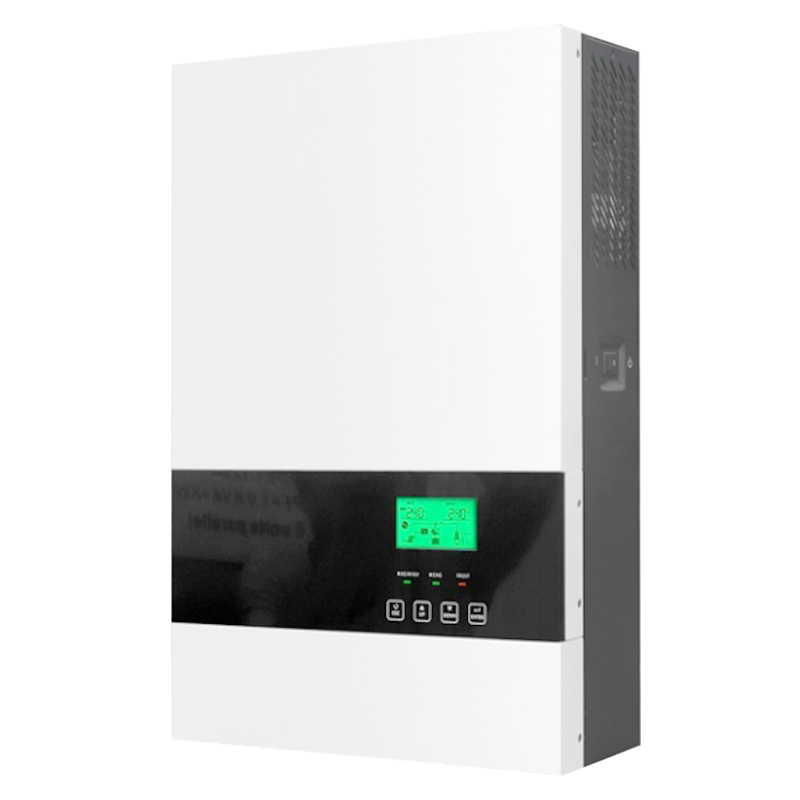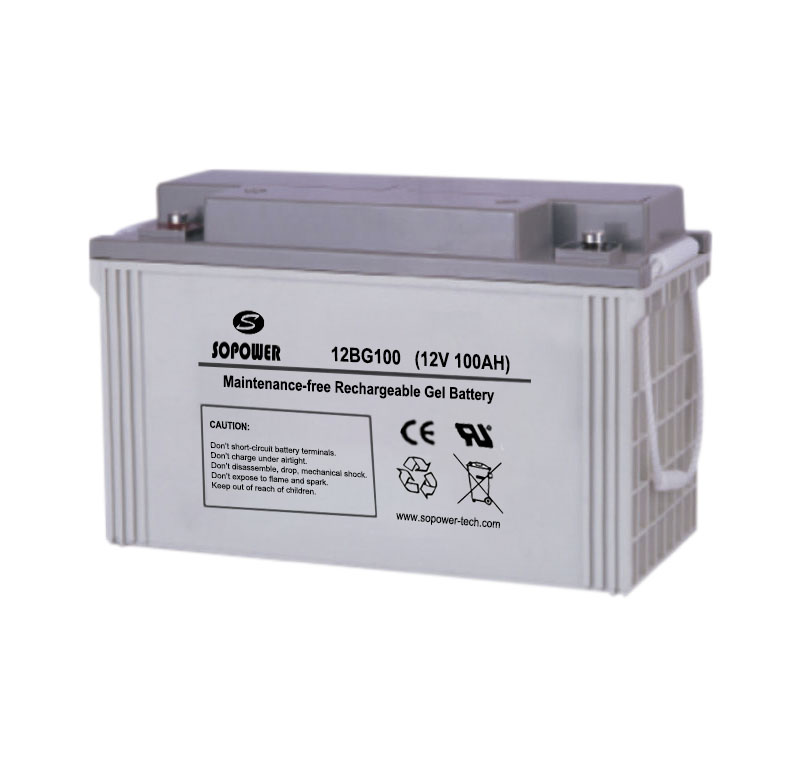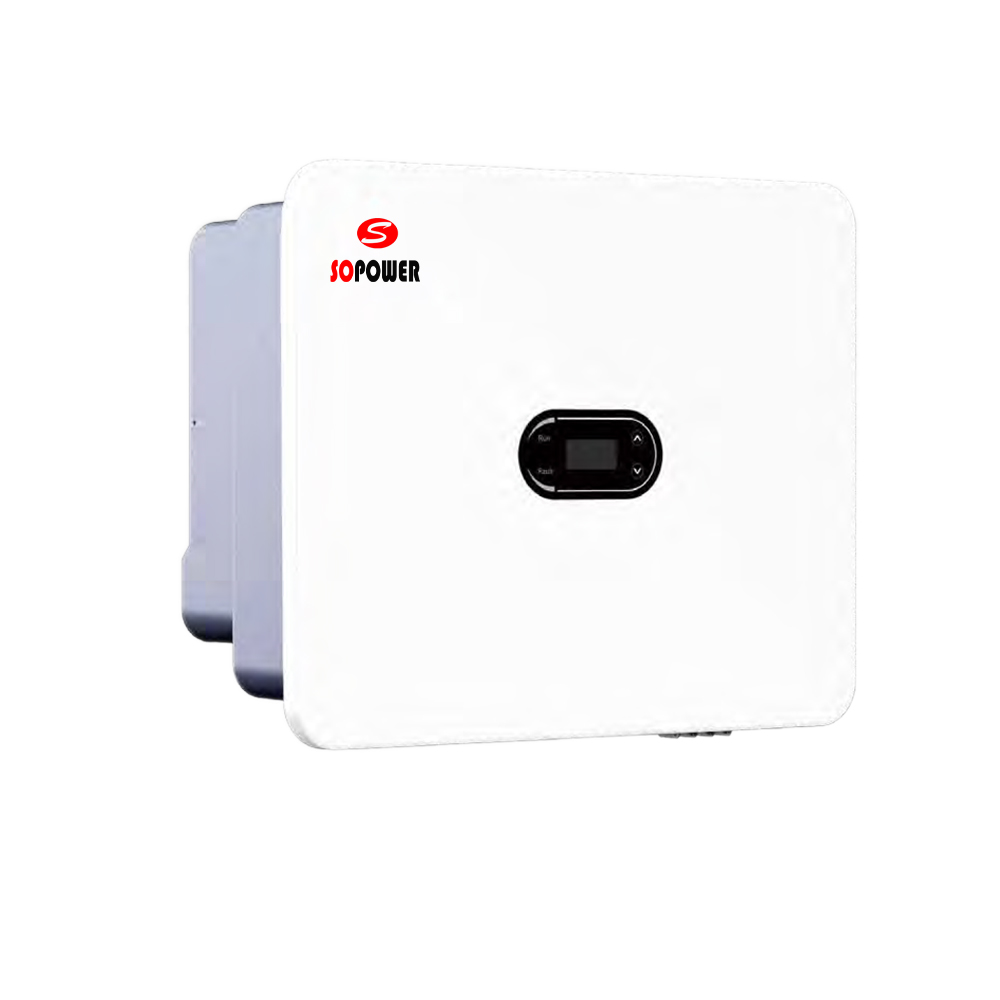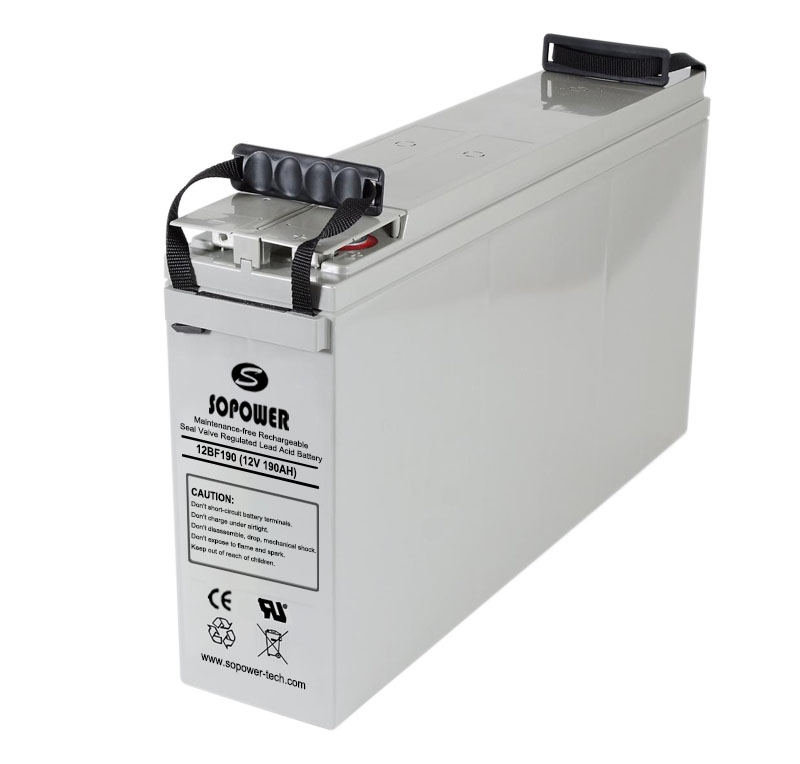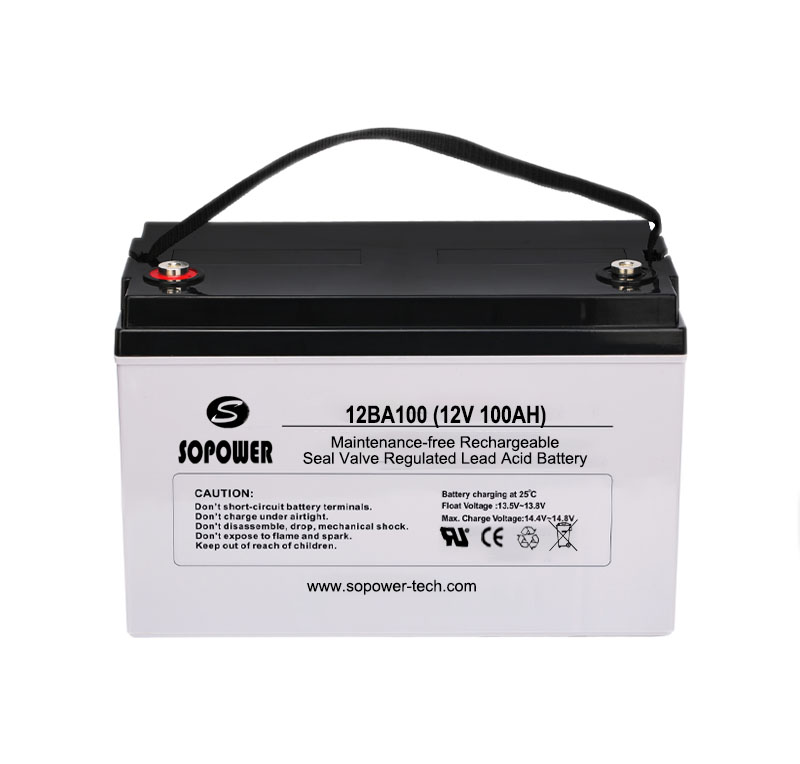Source: PV-Magazine Date: JULY 21, 2023
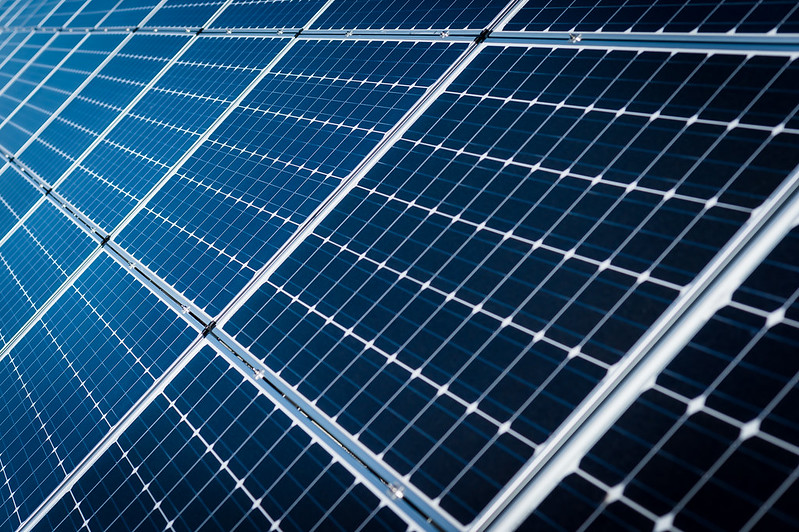
The International Renewable Energy Agency (IRENA) explains how many smart electrification solutions are already available and ready for commercialization, with pioneering companies creating, trialing and deploying potentially transformative innovations.
As we strive to achieve our climate goals and transition to a carbon-neutral future by 2050, it is imperative that we accelerate the global energy transition. Innovation has proven to be the engine powering the global energy transformation towards a carbon-neutral future.
But innovative efforts should not only focus on the supply side of energy systems, where we have already witnessed significant progress in the last years — wind and solar show remarkable growth pace over the last years – but also on the demand side. By embracing smart electrification and integrating more solar photovoltaic (PV) power, we can revolutionize the way we consume energy and achieve a sustainable and resilient energy system. In this column, we will explore the benefits and opportunities presented by smart electrification, highlighting the role of solar PV integration in transforming our end-use sectors.
Electrifying End-Use Sectors
Both direct and indirect electrification with renewable power offer feasible solutions to electrify many end-use sectors thanks to sharp cost reductions for wind and solar technologies. Electricity consumption is expected to increase from the current 22% to 51% of final energy consumption in 2050, out of which 91% will be produced from renewables, according to IRENA analysis.
A Systemic Approach to Innovation is not only smart, but critical
Yet, the transport and heating sectors are still largely based on fossil fuels. To tackle this challenge, the transformation towards an electrified energy system, must follow a holistic and smart approach. Otherwise, we will miss out on the opportunities offered by cleaner and affordable renewable energy generation and overload the power grid. A systemic innovation approach goes beyond technological innovation and merely substituting one technology with another but includes innovations in market design, system planning and operation, and business models. Only by matching and leveraging synergies in innovations in all parts of power system and end-use sectors and including all relevant actors and stakeholders, successful solutions can be implemented on the ground.
To help turn this new paradigm into reality, IRENA’s new Innovation Landscape Report for Smart Electrification identifies 100 key innovations across three transformation avenues: power-to-mobility, power-to-heat and cooling, and power-to-hydrogen. Smart electrification offers a cost-effective pathway to decarbonize energy systems. By electrifying energy end-use sectors and managing these loads in a smart way, we can unlock flexibility in the power system, to integrate large shares of variable renewables. Therefore, smart electrification provides three key benefits:
Harnessing the potential of photovoltaics
The Innovation Landscape Report is a toolbox for policymakers to design smart electrification strategies, tailored to their own context.
The characteristic features of Solar PV bring major benefits to the energy transition when being integrated smartly into the energy system. The report identifies several “blind spots” – issues that are sometimes overlooked and can hinder the success of smart electrification strategies or have the potential to accelerate electrification. One of them is that co-locating EV charging points with solar generation can minimize the impact on the grid. Peak solar generation occurs in the middle of the day when most passenger vehicles are parked. Workplace charging, combined with solar photovoltaic rooftop arrays and solar canopies over parking lots can decrease the overall EV load on the grid. Furthermore, off-grid solar charging systems can accelerate the switch to EVs in places with low-capacity grids, avoiding the need for costly grid expansion.
In the heating and cooling sectors, an important blind spot is the temperature as the critical variable. Distinguishing between low temperature needs in buildings and district heating, and high temperature needs in industrial sectors, is crucial. Another ‘blind spot' brings attention to the growing cooling demand and its synergies with solar PV integration, which need to be considered in energy planning. Reversible heat pumps supply cooling at low additional cost make thermal networks more efficient and profitable because they can provide services throughout the year. Since peak cooling demands and peak solar energy occur simultaneously, the growing cooling demand can be coupled with solar PV and ease the increasing solar PV’s penetration. Arizona County demonstrated that 55% of the electricity demand for cooling can be met by solar generation. Even a larger share of this demand could be met if buildings were pre-cooled during the sunniest hours, taking advantage of buildings’ thermal storage capabilities. However, effective energy planning measures are required to meet the greater cooling demand in the most cost-effective ways.
Similarly, in Nigeria, for example, the proposed ice-based energy storage with solar PV-powered refrigeration can reduce energy consumption by up to 40% in a cooling-as-a-service business model.
These examples show how systemic innovation is essential to electrify our energy system in a smart way, maximize the potential of wind and solar generation and avoid locked-in decision-making that will delay the decarbonization of our energy systems.

